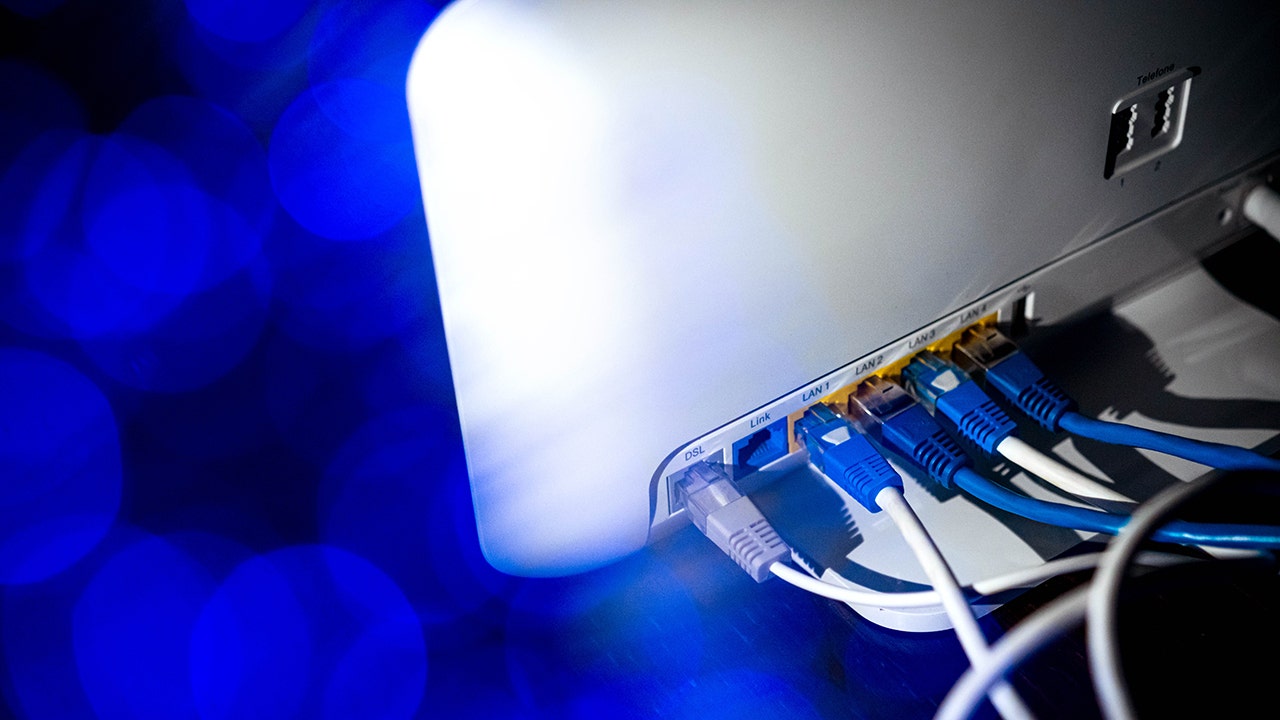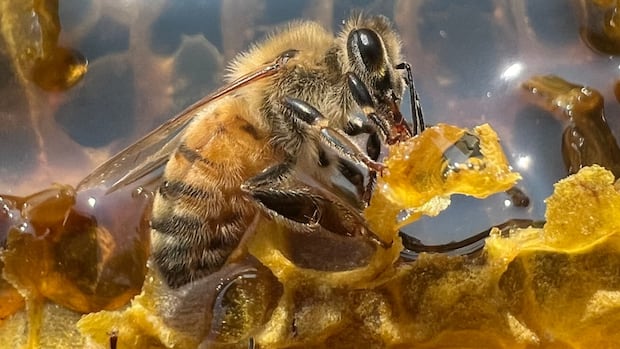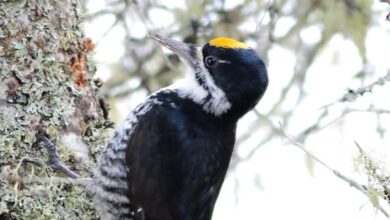This First Nation is recruiting its members to do archaeology and prove their oral history is true

Chipewyan Prairie First Nation has been actively involved in archaeological digs within its territory for several years. Shaun Janvier, the director of Chipewyan Prairie Industry Relations, emphasized that the work conducted in these digs serves to validate the community’s longstanding oral traditions.
Janvier, who is deeply rooted in the history of his ancestors, expressed the importance of these archaeological excavations in substantiating the stories passed down through generations. He highlighted the significance of uncovering artifacts that directly connect present-day community members to their ancestors who once inhabited the land.
Recently, the Dene community, located 320 kilometers north of Edmonton, decided to organize a field school. This initiative aimed to provide participants with hands-on experience in archaeological practices such as excavation and artifact processing. Additionally, students received in-class training at a university, where they were exposed to lectures delivered by experts in the field.
For members of neighboring communities, the field school held particular significance due to their profound connection to the land and its historical significance. Janvier noted the emotional impact of discovering artifacts that directly link individuals to their ancestral past.
The collaboration between community members and University of Alberta archaeologists in the Winefred Lake area exemplifies a harmonious blend of traditional Indigenous knowledge and academic archaeological practices. Ave Dersch and William Wadsworth, non-Indigenous archaeologists involved in the project, emphasized the importance of incorporating Indigenous perspectives into archaeological research.
Wadsworth highlighted the concept of “cultural continuity” observed at Winefred Lake, dating back thousands of years, which aligns closely with the community’s existing knowledge of its history. This integration of Indigenous knowledge with scientific research underscores the necessity for greater Indigenous representation in the field of archaeology.
Eldon Yellowhorn, an archaeologist and professor of Indigenous Studies from the Piikani Nation in southern Alberta, emphasized the need for more Indigenous individuals to pursue careers in archaeology. Yellowhorn emphasized the value of utilizing traditional knowledge in interpreting archaeological findings, bridging the gap between oral histories and academic research.
The control and ownership of artifacts unearthed during the field work at Chipewyan Prairie are temporarily held at the University of Alberta Institute for Prairie Indigenous Archeology. Unlike the usual protocol where provinces or territories dictate the fate of archaeological artifacts, on reserve land, First Nations have the authority to determine the handling of such discoveries.
In this instance, Chipewyan Prairie plans to establish a museum or heritage center to showcase the artifacts found at Winefred Lake, ensuring equal access for all First Nations in the area. Yellowhorn underscored the importance of empowering Indigenous communities to reclaim ownership of their heritage, highlighting the need for individual communities to address this issue within the context of land claims agreements.
Overall, the collaborative efforts between Chipewyan Prairie First Nation and archaeological experts exemplify a growing trend towards promoting Indigenous involvement in archaeological research, fostering a deeper understanding and appreciation of Indigenous heritage and history.




